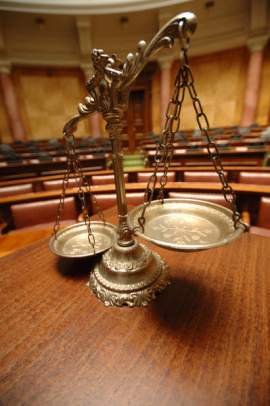
Conditions for Patentability

United States patent law is administered under Article 35 of the United States Code, which is also referred to as the Patent Act. In this larger body of decisions, Sections 100-105 set out the requirements which intellectual discoveries and developments satisfy in order to be considered to fall within the bounds of patentability. According to the language of Section 101, patentability will be considered to exist for the purposes of American patent law in "any new and useful process, machine, manufacture, or composition of matter."
The general stipulations for the patentability of a purported invention are defined by Article 35 as utility, non-obviousness, and novelty. Section 100 of Article 35 deals with "Definitions," providing a basic understanding of the language used elsewhere to define patent law. Section 101 refers to "Inventions patentable," Section 102 to "Conditions for patentability; novelty and loss of right to patent;" and Section 103 to "Conditions for patentability; non-obvious subject matter." Less immediately or probably relevant to the needs of applicants under United States patent law are Sections 104, "Inventions made abroad," and Section 105, "Inventions in outer space."
The requirement for utility, found in Section 101's reference to a "useful process, machine, manufacture, or composition of matter," can be understood to comprise two related conditions for patentability. The first is that the subject of a patent have an intended purpose and effect novelty United States Patent and Trademark Office.


















